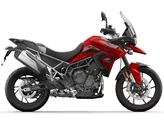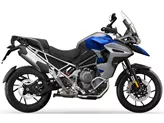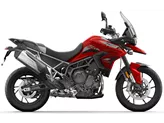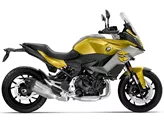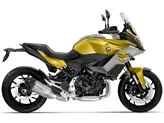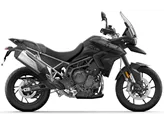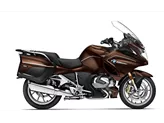Triumph Tiger 900 GT Pro 2020 vs. BMW R 1200 GS 2017
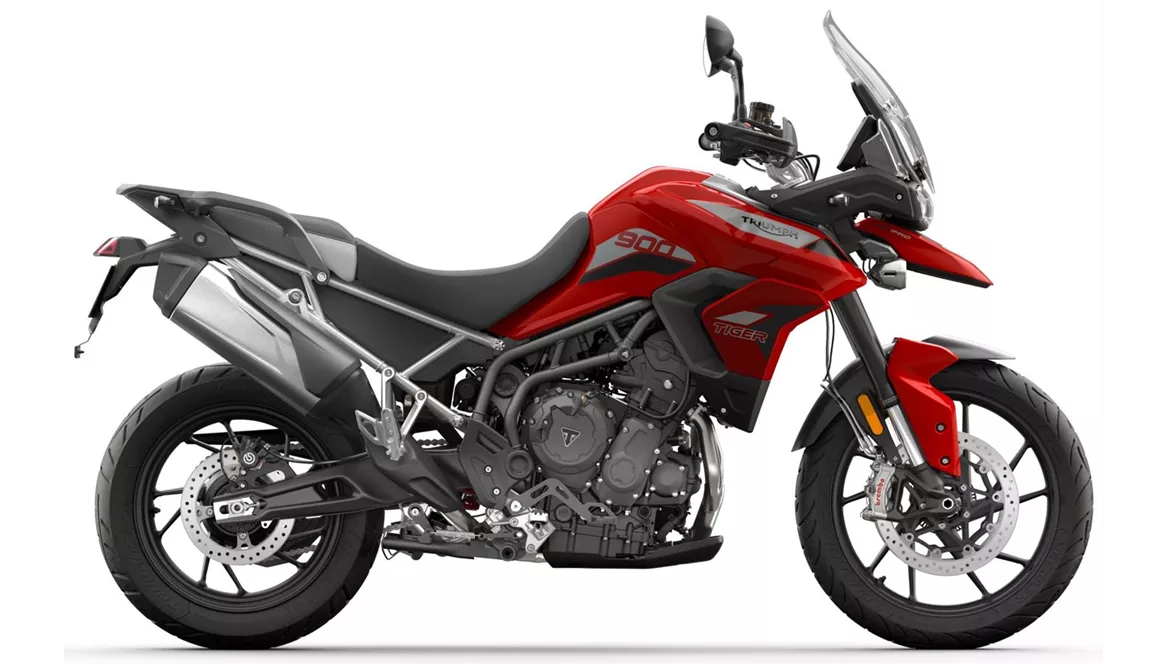
Triumph Tiger 900 GT Pro 2020

BMW R 1200 GS 2017
Visão geral - Triumph Tiger 900 GT Pro 2020 vs BMW R 1200 GS 2017
The Triumph Tiger 900 GT Pro 2020 and the BMW R 1200 GS 2017 are both popular models in the adventure motorcycle segment. While they have some similarities in terms of specifications, there are also notable differences between the two.
Starting with the engine, the Triumph Tiger 900 GT Pro 2020 features a three-cylinder inline engine with a displacement of 888cc, producing a power output of 95.2 HP and a torque of 87 Nm. On the other hand, the BMW R 1200 GS 2017 is equipped with a two-cylinder boxer engine with a displacement of 1170cc, delivering a higher power output of 125 HP and a torque of 125 Nm. Both bikes have different engine configurations, with the Tiger 900 GT Pro offering a unique three-cylinder setup, while the R 1200 GS uses a traditional boxer engine.
In terms of suspension, the Tiger 900 GT Pro features a telescopic fork with compression and rebound adjustment at the front, and a swingarm with preload and rebound adjustment at the rear. The R 1200 GS, on the other hand, has a conventional front suspension with preload adjustment and a single swingarm with preload adjustment at the rear. The Tiger 900 GT Pro offers electronic suspension adjustment, providing more versatility and customization options for different riding conditions.
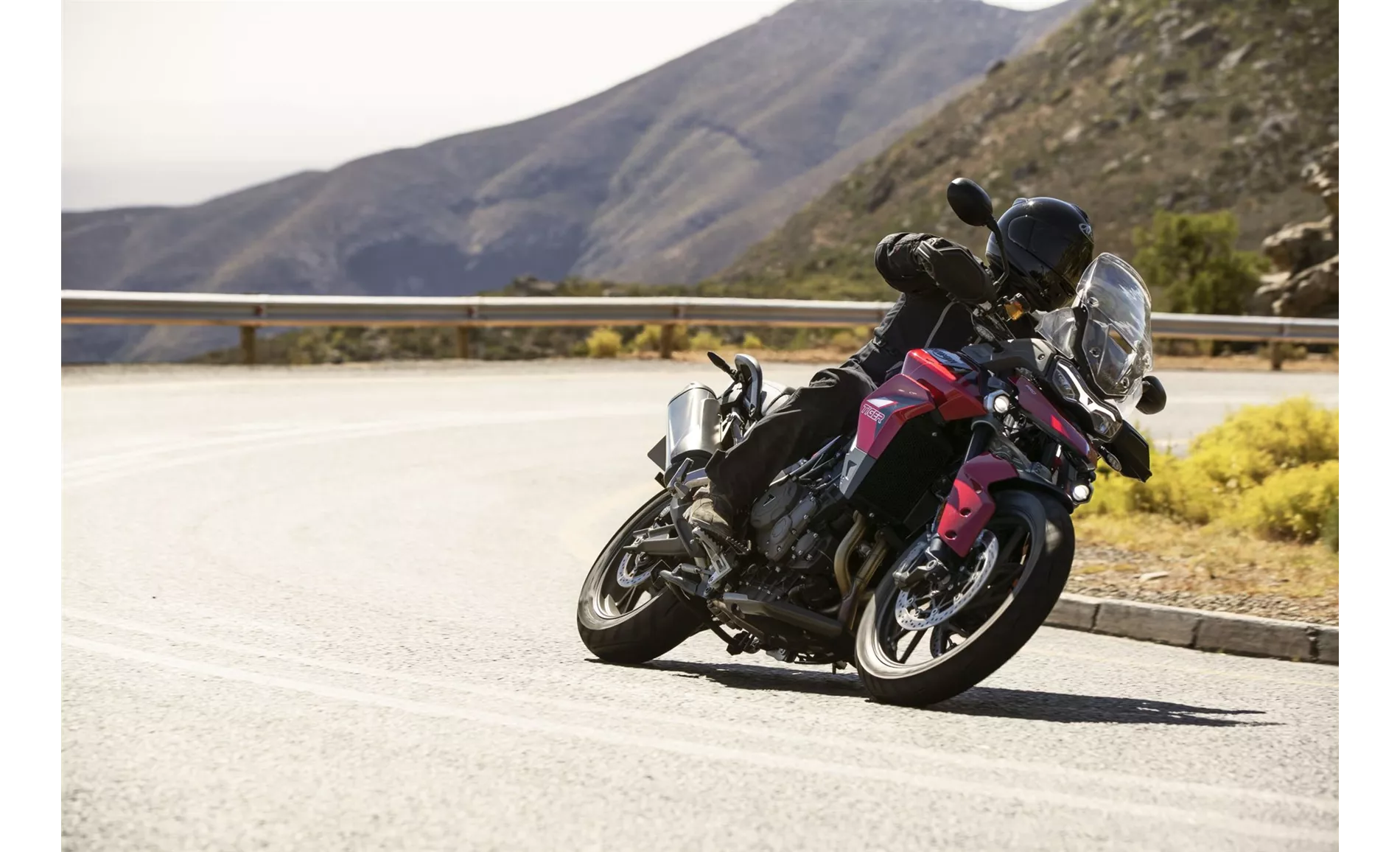
Triumph Tiger 900 GT Pro 2020
Both motorcycles have a steel frame, with the Tiger 900 GT Pro featuring a tubular frame and the R 1200 GS having a double tube frame with a load-bearing engine. This difference in frame design may result in variations in handling and stability.
When it comes to braking, both bikes are equipped with dual-disc front brakes. However, the Tiger 900 GT Pro does not specify the type of front brake, while the R 1200 GS has powerful front brakes. This suggests that the R 1200 GS may have better braking performance.
In terms of dimensions, the Tiger 900 GT Pro has a larger wheel diameter at the front (19 inches) compared to the R 1200 GS (also 19 inches). However, the R 1200 GS has a wider rear tire (170mm) compared to the Tiger 900 GT Pro (150mm). Both motorcycles have a similar fuel tank capacity of 20 liters.

BMW R 1200 GS 2017
In terms of strengths, the Tiger 900 GT Pro offers a characterful three-cylinder engine, agile cornering behavior, standard gear shift assist, electronic suspension adjustment, generous standard equipment, good ergonomics, and long-distance touring capability. On the other hand, the R 1200 GS is praised for its mature concept, strong engine performance, easy handling, powerful brakes, adjustable riding modes and traction control, wide range of equipment options, good reputation, and retained value.
As for weaknesses, the Tiger 900 GT Pro has been criticized for having too many switches on the left handlebar, which may be overwhelming for some riders. On the other hand, the R 1200 GS has been noted for having many additional features at an extra cost and its boxer engine being exposed in very difficult off-road terrain.
In conclusion, both the Triumph Tiger 900 GT Pro 2020 and the BMW R 1200 GS 2017 have their own strengths and weaknesses. The Tiger 900 GT Pro offers a unique three-cylinder engine and electronic suspension adjustment, while the R 1200 GS provides a mature concept, strong performance, and a wide range of equipment options. Ultimately, the choice between the two will depend on the rider's preferences and priorities.
Especificações técnicas Triumph Tiger 900 GT Pro 2020 em comparação com BMW R 1200 GS 2017
Prós e contras em comparação
Prós e contras em comparação
Triumph Tiger 900 GT Pro 2020
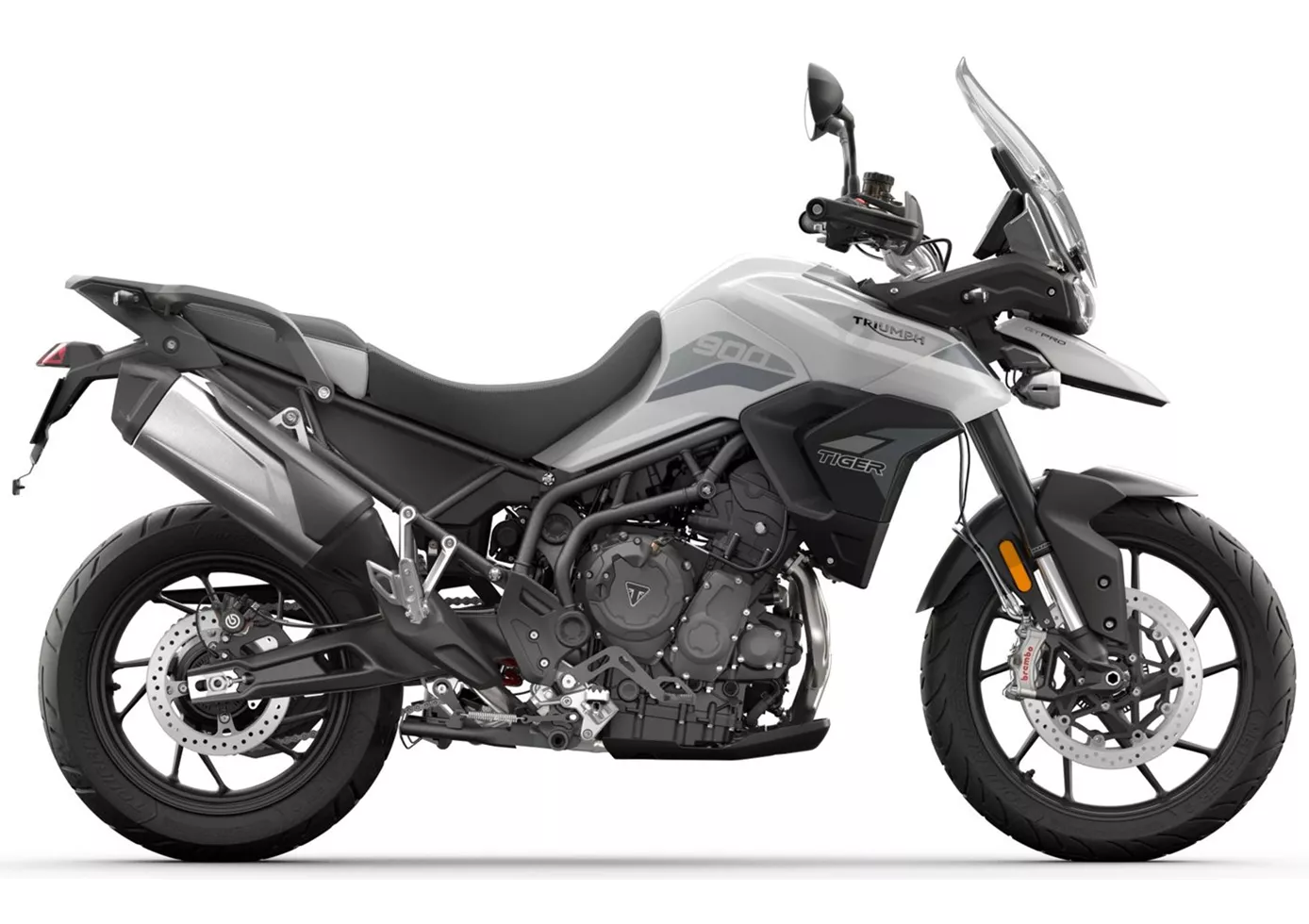
Dizem que as coisas boas levam tempo. A Triumph cumpriu este ditado e, com a Tiger 900 GT Pro, colocou uma moto nos aros fundidos que continua o longo e bem sucedido caminho da 800 com muitas melhorias de pormenor e é tanto uma moto prática para o dia a dia como para passeios e viagens prolongadas. A Triple tornou-se mais nítida e, no entanto, continua a ser uma unidade harmoniosa com a qual até os principiantes não podem errar sem aborrecer o motociclista experiente. E isso graças a um curso de suspensão suficiente em estradas das mais variadas qualidades, bem como em passagens off-road bastante moderadas. A nossa primeira impressão não teve grandes motivos de queixa, mas iremos certamente olhar mais de perto para a Tiger.
BMW R 1200 GS 2017

Durante mais de 35 anos, a BMW tem continuado a expandir a gama boxer e está constantemente a trabalhar na evolução da GS. Para além da atualização EURO4 do motor com novo catalisador e mapeamento, existem agora ainda mais características como o Dynamic ESA Next Generation com compensação automática da posição de condução, que melhora ainda mais a estabilidade e o conforto do condutor. Com o seu esquema de cores subtil, a versão Exclusive destina-se aos amigos de uma aparência elegante e discreta e, ao contrário da variante Rallye mais vistosa, foi concebida mais para a estrada. Muitas características têm um custo extra, mas os clientes da GS normalmente não se importam - 90 por cento são encomendados com o equipamento completo.
Comparação de preços Preço médio de mercado Triumph Tiger 900 GT Pro vs BMW R 1200 GS
There are a few key differences between a Triumph Tiger 900 GT Pro 2020 and a BMW R 1200 GS 2017. In terms of price, the actual average price of a BMW R 1200 GS 2017 is about 21% higher. Compared to BMW R 1200 GS 2017 there are less Triumph Tiger 900 GT Pro 2020 bikes available on the 1000PS.de Marketplace, specifically 5 compared to 84. It takes less time to sell a BMW R 1200 GS with 72 days compared to 88 days for the Triumph Tiger 900 GT Pro. Since model year 2020 1000PS.de editors have written 10 reviews for the Triumph Tiger 900 GT Pro and 98 reviews for the BMW R 1200 GS since model year 2005. The first review for the Triumph Tiger 900 GT Pro was published on 03/12/2019 and now has more than 65 300 views. This compares to more than 19 100 views for the first review on BMW R 1200 GS published on 20/01/2004.







